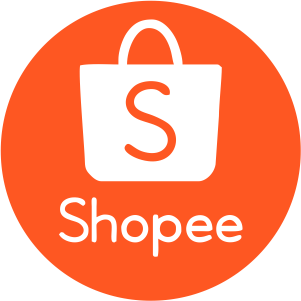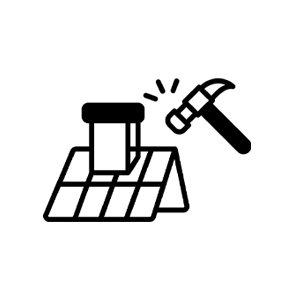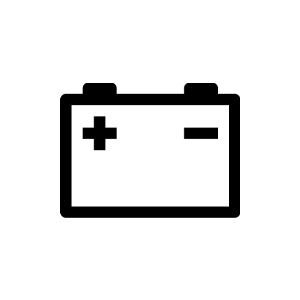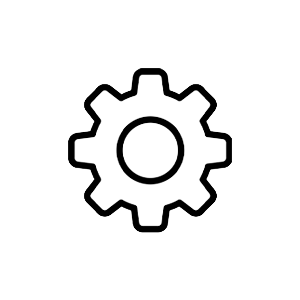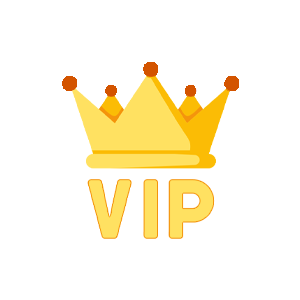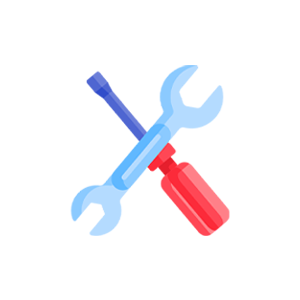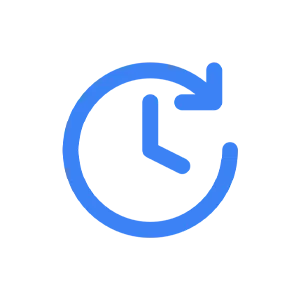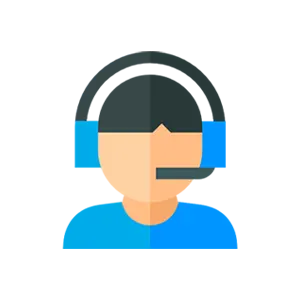What Is a Product Designer? Salaries, Skills, and More
25/10/2024 03:19
By syncing UXPin’s design editor to a company repo, product designers use fully functioning code components to design new products and features. UXPin is a design tool built to enhance collaboration between UX and product teams. UX designers and product designers can use UXPin to comment, assign tasks, and communicate throughout the design process. For both product and UX designers, a blend of top-notch visual design talents, adeptness in digital tools like Adobe Suite or Sketch, and data interpretation skills are essential. Striking the right balance between looks and function is key to crafting attractive interfaces that users find easy to navigate. Being proficient with standard industry tools paves the way for quick mockup creation and teamwork.
- One more important responsibility is the creation of wireframes and prototypes to present how the final product will look like and how all its components will be allocated.
- In this way, every design choice is based on preliminary research and understanding of a user journey and user needs.
- According to industry reports, the average salary for digital product designers can vary from $70,000 to $120,000 per year, depending on factors such as location and seniority.
- The key difference is that UX design considers the entire journey to solve problems, while UI design creates engaging visuals for each step of that journey.
- They work closely with marketing teams for market insights, identifying opportunities from competitor analysis.
- There are several actions that could trigger this block including submitting a certain word or phrase, a SQL command or malformed data.
Merge is another powerful feature that bridges the gap between design and development, making it easier for non-designers (like product teams) to build fully functioning high-fidelity prototypes. A UX designer improves usability by understanding users’ needs, whereas a visual designer makes sure every pixel looks right to deliver appealing graphics. UX focuses on enhancing user satisfaction, while UI centers around making attractive interfaces. A solid foundation in visual design helps these professionals craft user interfaces (UI) that are not only appealing but also intuitive for users. The art lies in balancing aesthetics with functionality – too much of one can compromise the other.
How would you compare and contrast a UX designer with a visual designer?
Product designers and UX designers collaborate by sharing insights, exchanging ideas, and working together to align the product’s visual and interaction design with the user experience goals. They collaborate throughout the design process to ensure a cohesive and user-centered product. When comparing the salaries of product designers and UX designers, it’s important to consider several factors, including experience, location, industry, and company size. Generally, both roles can offer competitive salaries, but the specific figures can vary. UI design focuses on a digital product’s visual and interactive aspects, while UX design takes a more holistic approach by considering the entire user journey. Both UI and UX design are integral parts of product design, working together to create a cohesive and delightful user experience.
They rely on research, feedback, and iterative design processes to continuously improve and refine the final product. Both disciplines put the user at the center of the design process. They conduct research, gather user insights, and incorporate feedback to ensure the new features or final product meets user expectations while problem-solving effectively. Product design contributes to the overall product experience, considering factors beyond the digital interface. It involves creating cohesive and desirable products that meet user expectations and differentiate the brand in the market.
UX Accessibility: Everything You Need to Know
Let’s start with the term that most people are familiar with and understand. A UX designer is a person who is responsible for creating and delivering user-centric and smooth user experience (UX). A product designer is somebody who oversees the design process of a product from start to finish or the improvement of an existing product. They have an understanding of the bigger goals of the product while being mindful of the details needed to achieve them. Product designers also focus on users, but they generally inherit a product where UX designers have identified and fixed most usability issues.
Product designers and UX designers both work towards creating user-friendly and engaging designs. It excels in product design through its open writing platform, which fosters an immersive reading and writing experience. Its minimalistic design, characterized by a clean white background, minimizes clutter and distractions. What’s remarkable is its embodiment of polite design principles, carefully balancing user engagement with respect for the users’ time and attention.
Product Designer vs UX Designer: Are They the Same?
Product design might be the right choice if you like having varied responsibilities and directly impacting a product’s end result. However, if you prefer to specialize in creating optimal user experiences and working closely with user data and feedback, UX design could be a better fit. A product designer is typically ui ux designer involved from the initial concept to the final execution. They define the product’s direction, set design goals, and coordinate with different teams to ensure these goals are met. Another big difference between product designer and UX designer is the stage of the development life cycle that they work on.
Product designers and UX designers rely on research methodologies such as user interviews, surveys, and usability testing to gather insights into user behavior and preferences. Product designers also leverage user feedback to refine their designs and iterate on product improvements. They conduct user research, create wireframes and prototypes, and collaborate with cross-functional teams to ensure the final product meets user needs and aligns with business objectives. These skills make you a proficient product designer and enhance your ability to create products that meet and exceed user needs.
What Is a Product Designer?
However, there are some differences to think about if you’re considering a career in product design vs. UX design. A product designer is responsible for ensuring that the product fully meets user needs and hence, another responsibility is post-launch testing and feedback collection. Working together with the team, a designer usually comes up with certain KPIs that help define the success of the product. So once the product is launched, a designer closely monitors its performance, measures it against set KPIs and determines what adjustments are needed.
We’ll discuss how each plays a crucial part in project management, using design thinking to build successful products. Choosing between a career in product design vs UX design ultimately depends on your interests, skills, and career aspirations. If you enjoy working with physical products, understanding manufacturing processes, and creating tangible experiences, product design may suit you. On the other hand, if you have a passion for understanding user behavior, crafting digital experiences, and conducting user research, UX design might be a better fit. Despite their differences, the roles of product designers and UX designers are far from silos.
Is it hard to switch to a product design career?
Product and UX designers’ distinctive contributions greatly impact the end product. These examples illustrate how thoughtful product design can have a profound impact. It reshapes industries and influences how we live and interact with the world.
This process is much more granular than a user journey, and each user flow focuses on a single task. The usage of these tools shows an increase in project management efficiency by 8% (key stat 8), leading to faster turnaround times and more effective results. While both roles require a keen eye for design, the specific skills and qualifications differ. Works with a variety of roles such as UX/UI designers, engineers, project managers, stakeholders, etc. They focus mainly on the user interface and the experience the user has while using the product. Product designer vs. UX designer is not a simple either-or scenario.
Consider your strengths, interests, and the type of design work that excites you the most. Read a few job descriptions for roles that may interest you and see what is most appealing. Keep in mind that both disciplines offer rewarding career opportunities and the chance to significantly impact user experiences and product success. UX designers specializing in creating exceptional user experiences also enjoy competitive salaries.



